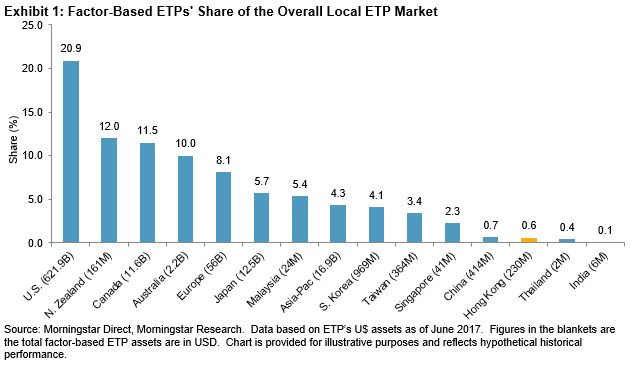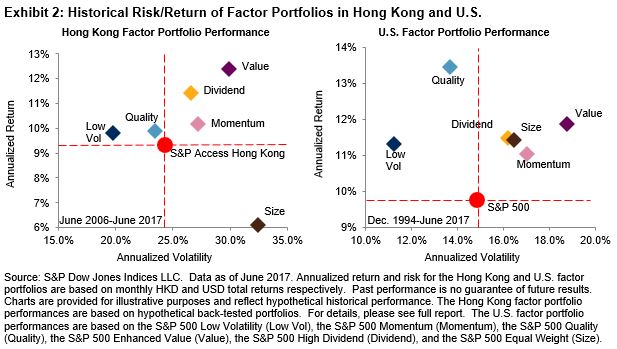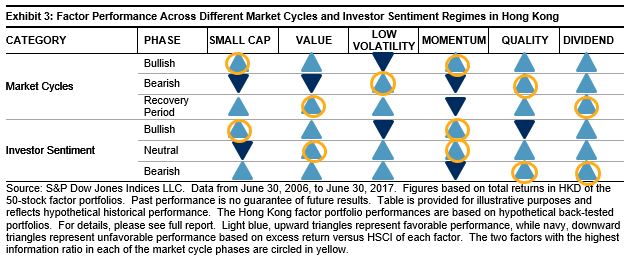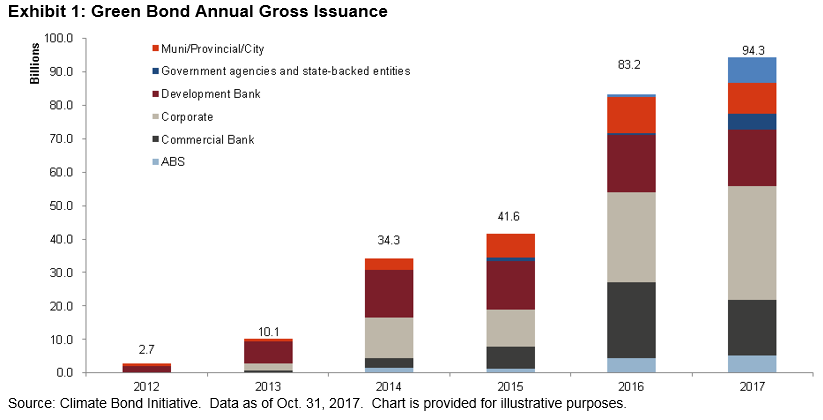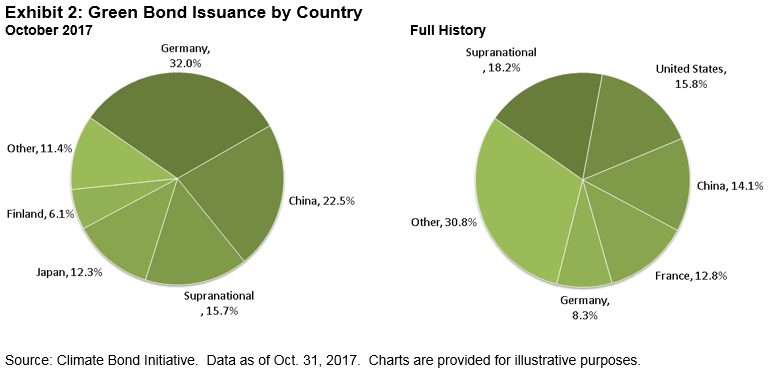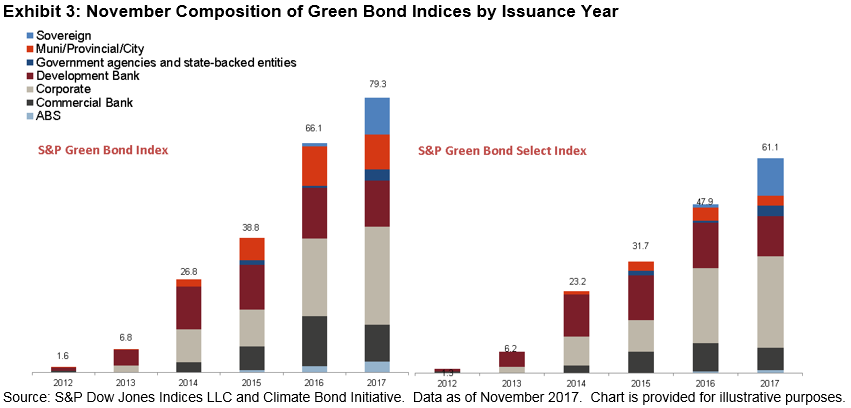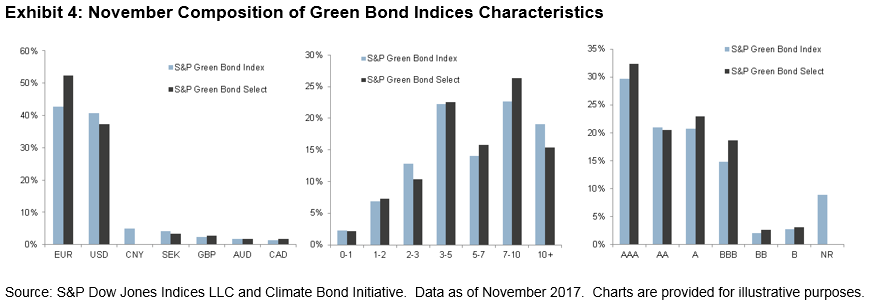
Again, the key is in understanding the relationship on the revenue side between the endowment returns and appropriations versus the tuition inflation growth. Recognizing that there’s this large spread of tuition inflation that’s above the general inflation as measured by the CPI is the starting point. Using the CPI as the base and measuring the driver of that spread can be done by knowing something about the relationship of the revenue components. What the research behind the index shows is that tuition inflation is a function of the real return plus a break-even inflation, plus a corporate spread, minus an equity risk premium. This combination has grown in-line with the tuition inflation that is inverse to the endowment or appropriation growth, so that’s the mix that make the mechanics work.

How does the index data track tuition inflation compared to a more traditional 60/40 mix?
The 60/40 mix is really designed for optimal diversification in most risk-adjusted return portfolios, but the idea of a college liability is not taken into account in a 60/40 mix. Since there is a relatively short time frame for college savings, the 60/40 mix may be very volatile, so at moments there is a high chance that tuition inflation is not met. By moving to the S&P Target Tuition Inflation Index, the probability of tracking tuition inflation increases, and even more so the longer the holding period.
Hypothetically, the S&P Target Tuition Inflation Index is within 2% of the BLS College Tuition and Fees U.S. City Average Inflation more often than the 60-40 mix of stocks and bonds.















































